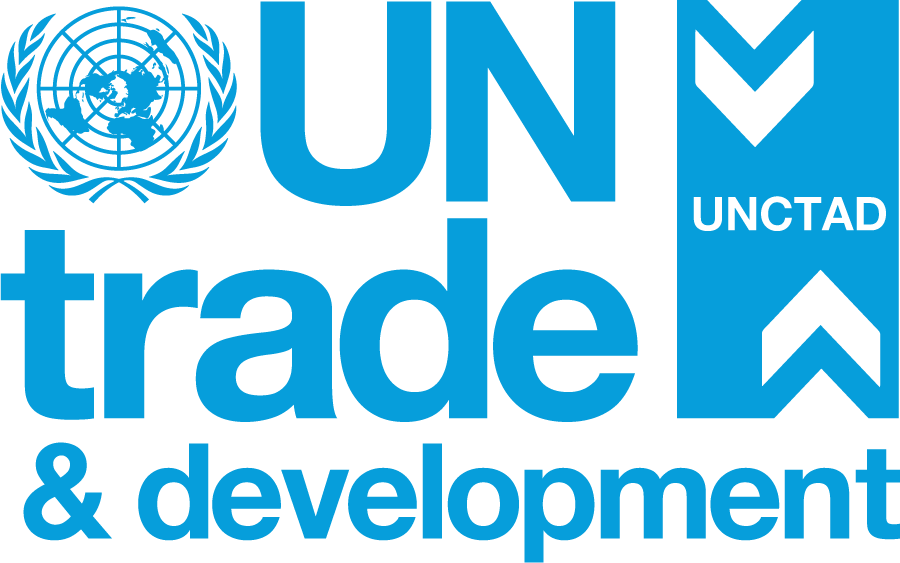
Established in 1989, the Global System of Trade Preferences among Developing Countries (GSTP) aims to enhance trade and economic cooperation among developing nations. Currently, it includes 42 participants, including seven least developed countries (LDCs).
The third round of negotiations led to the São Paulo Round Protocol in 2010, where eight participants agreed to exchange around 6,000 tariff concessions each, although it is still pending final ratification.
The global trade landscape has become fragmented due to rising trade policy uncertainty, slow progress at the World Trade Organization (WTO), and market access barriers faced by developing countries. These issues are particularly challenging in agriculture, which is vital for employment, income, and food security in rural areas.
The GSTP provides a rules-based framework that enhances predictability, transparency, and stability, essential in a world influenced by geopolitical tensions and supply chain disruptions. It promotes market access, cooperation, and diversification of trade partners, reducing dependency on a few markets.
Recognized under the WTO's Enabling Clause, the GSTP offers developing countries a path to achieve shared trade and development goals. In agricultural trade, it promises to boost exports, create inter-regional supply chains, and improve food security through reduced tariffs and sectoral agreements.
Key Opportunities Under the GSTP Framework: Agricultural Trade
Tariffs and Para-tariffs
High agricultural tariffs and significant tariff peaks among GSTP participants hinder trade growth.
Reducing or eliminating these tariffs could yield substantial trade benefits, especially for processed agricultural goods, which would also promote regional industrialization and enhance food security.
Para-tariffs, such as import surcharges, further undermine tariff liberalization. Cooperation among GSTP members to address these para-tariffs can help lower trade costs.
Non-Tariff Measures
The GSTP framework is also useful for addressing trade-restrictive non-tariff measures (NTMs).
Harmonizing sanitary and phytosanitary measures (SPS) and technical barriers to trade (TBT) can improve transparency and reduce transaction costs. Participants can adopt international standards and pursue mutual recognition agreements to facilitate trade among developing countries.
Direct Trade Measures
GSTP provides medium- and long-term trade arrangements that can stabilize staple food trade during price volatility or supply disruptions, reducing reliance on a few suppliers.
Sectoral Arrangements
The framework allows for innovative partnerships focusing on joint objectives, such as research and development, technology sharing, investment facilitation, and streamlining border procedures, enhancing the sustainability and competitiveness of South-South agricultural trade.


